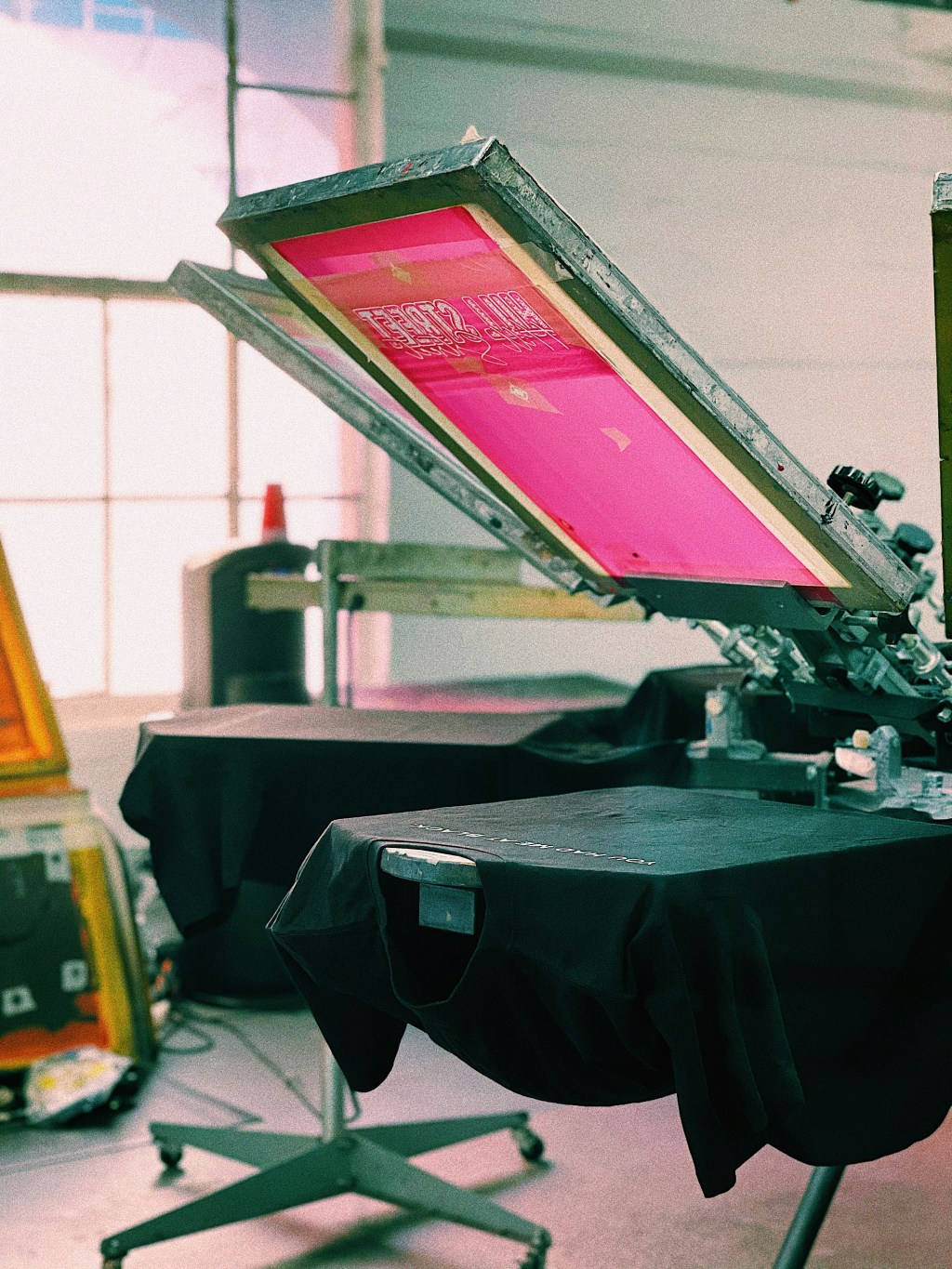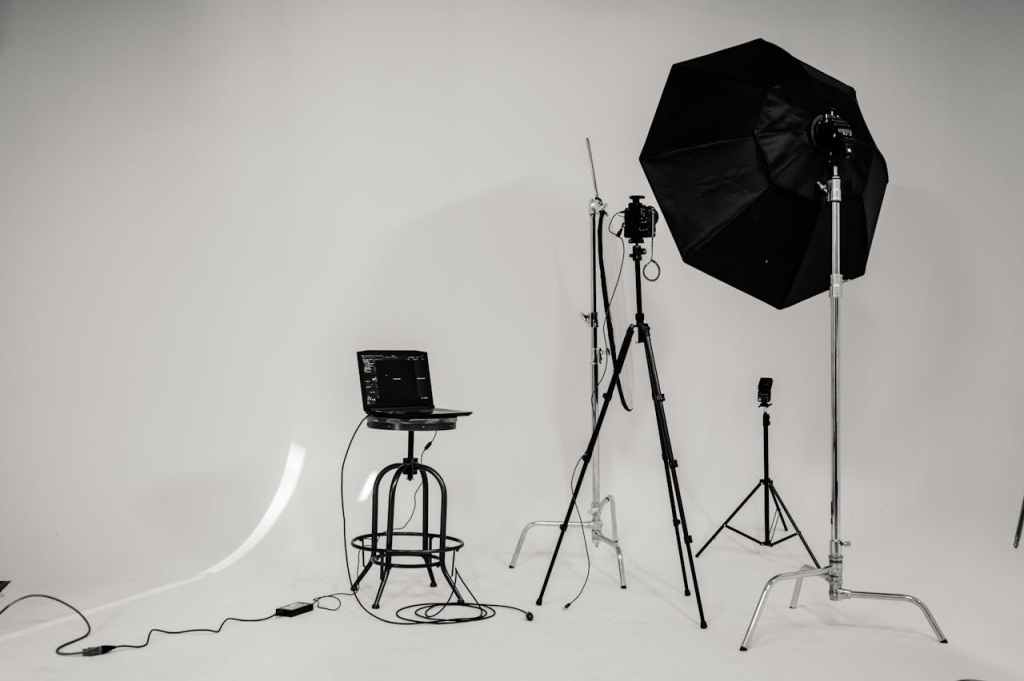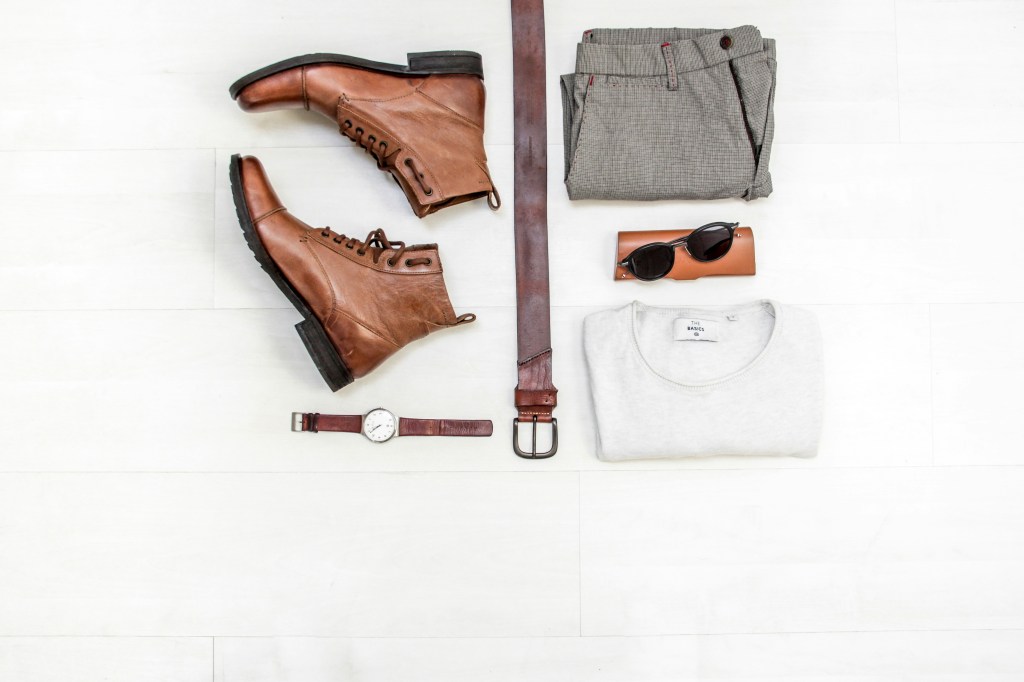It’s an adventure to fuse photos with textiles this way: images come alive on fabric. Think about strutting around in a custom Hawaiian shirt that uses one of your favorite personal pictures as a design. It’s unique, personalized storytelling through fabric. Because when advanced processes are utilized and cutting-edge tools are combined with relentless creativity, designers can take the step of carefully converting the photograph into an extraordinary fabric creation. This article begins the journey of transforming photographs into customs; all that is needed are the steps and the skills for a breathtaking transformation. How do designers turn simple photos into wearable art? Reveal the intriguing secrets behind this remarkable transformation.
1. The Creative Process: From Concept to Capture
-
Conceptualization and Inspiration:
It conceptualizes the first stage of translating a photograph into a fabric design. Inspiration may come from nature, architecture, abstract art, or some other direction that will make the work coherent. Nature provides unlimited colors, textures, and patterns to inspire organic and less complex designs.
Architectural elements include structured and geometric motifs, while abstract art allows for something out of the box: ingenious patterns. At this stage, the ideation session is over, during which thoughts are freely discussed and sketched. The ideas are fine-tuned by considering the overall look and practical application of the fabric, which helps set a clear vision of the final design.
Each concept is tested for proper translation onto fabric to make the design appealing and effective.
-
Capturing the Perfect Shot:
After the concept was finalized, it was time for the perfect photograph. One needs an eye for detail, composition, and lighting. High-resolution cameras are used to maintain quality and print on textiles later. The choice of subject here is very important and should go with the design concept. Also, it must have some unique feature that will differentiate it printed on the fabric.
Angling the camera will give the subject depth and interest. The background should be manageable but should complement the subject. Proper lighting is important to bring out the details and vibrant colors. With the perfect combination of all these, a photographer creates beautiful pictures that are transferred to fabric without losing the original strength and vibrancy of the concept.
2. Technical Transformation: Digital Editing and Manipulation
-
Photo Editing and Enlargement:
The first step in transferring an image onto fabric is careful digital editing. These are the most vital stages for the photograph’s bright and clear texture. A designer uses up-to-date software tools, such as Adobe Photoshop, which helps one to adjust the elements to one’s desires, such as color, contrast, and brightness of the photograph. By changing such placements, they make the whole creative impression in the picture perfect to translate that into the fabric.
Digital editing further delves into removing any imperfection and detailing beyond belief. It means ensuring that the designers tackle every undesired dust spot and blemish, including shadows and other little elements in the image. Designers can also easily adjust saturation and scale to the extent that best suits the fabric design’s fit. This kind of detailing and fine-tuning makes an image beautiful and up to the standards for printing. Hence, it will transform it into a ready-to-print high-quality masterpiece.
-
Creating Repeat Patterns:
Textile design is important in creating repeat patterns for the fabric to look truly aesthetic and for the individual elements to come together meaningfully in cohesion. As such, seamless photographic manipulation by designers through digital software is a condition sine qua non for bringing out original images with the right mix of perfection and creativity while ensuring the purity of the images.
Key features are selected in the photograph and orchestrated to several configurations of repeating mirror images and rotations, thus balancing the pattern. The concept was not to design in such a way as to become unnatural due to the recognizable part repeated, but on the contrary, to create a flawless and brilliant piece that would transform the fabric into a piece of art, lifting the fabric itself. By holding onto the spirit of the original photographic inspiration, the designers ensure that every repeat story, when printed on fabric, is a different and interesting trip.
3. Printing Techniques: Make Designs Alive
-
Digital Printing:
Digital printing revolutionizes the textile industry, offering a versatile and efficient way to transfer photographic designs onto fabric. This up-to-the-minute technique of printing directly onto a textile, using inkjet printers to hold photos in very high resolution, can mimic detail in various colors.
Designers like digital printing because it is flexible; they can customize and experiment with many design elements. Small and medium production runs of digital printing would be the most optimum and economical for custom designs with quick delivery.
-
Screen Printing:
The key process in this industry for large runs is screen printing. In this conventional process, a separate stencil, a screen, is made for every color in the design. Ink is passed through these screens one after the other onto the fabric, building up the final image pile upon the pile.
Digital printing may be more time-consuming than screen printing, but it is renowned for producing bright and permanent prints. This technique is preferred because it achieves rich and opaque colors, making it suitable for most fabric types and applications. Even though it is less flexible than digital printing, screen printing is considered the most effective and resilient way to make fabric copies en masse.
4. Fabric Decisions: Choose the Right Material
-
Properties of the Fabric:
Selecting the appropriate fabric is critical in translating photography into custom designs. Each fabric has unique properties that may directly affect the effect of the printed image. For instance, texture, weight, and weave significantly impact the final look and feel of the design. Fabrics with a smooth surface, such as cotton and linen, are well-suited for intricate prints as they allow for precise detailing.

On the other hand, fabrics enhance vibrancy in color. Silk and satin fabrics add that sumptuous sheen to the image when printed. However, understanding these properties in the fabric is important for designers because it can make a difference in a critical decision to ensure practical and appealing final design work.
-
Selection of Appropriate Textile:
Fabric characteristics must be considered more cautiously when choosing fabrics for photographic design. Cotton and linen are considered the most preferable fabrics, being highly breathable and durable for daily wear and home furnishing. Besides, the texture of both fabrics works like a fine canvas for rendering high-detail photographic prints, rendering fine patterns in all their clarity.
Silk and satin fabrics, on the other hand, offer a more luxurious hand and are perfect for special occasions or high-value fashion products. These fabrics can take up a lot of colors and contribute to the glossy look of the final print, which still makes the impression better. To describe them individually, the right choice of fabric to be exploited gives the fabric designer more sensitivity to the final product’s desired visual impact and functionality.
5. The Role of Color: Matching and Managing Hues
-
Color Theory Applied to Textile Design:
Understanding color theory lies at the bottom of translating photography into fabric design. Nowadays, designers try to understand how colors work with/against one another by the subtleties of their appearance on different fabrics. Designers are made to understand the color wheel, its complementary colors, and color harmonies in a general form to balance their designs and make them appealing. It means they can make great informed decisions regarding color selection for the fabric they are designing, ensuring that the.
-
Color Management and Calibration:
In textile design, reproducing colors accurately is critical. As such, designers use an elaborate system of color management to calibrate the monitors and printers so that the fabric prints look the same as if one looked at a photograph of the original sample. It requires minute refinements of color profiles and exact test prints until the fabric looks the same.
By meticulously managing and calibrating colors throughout production, designers can maintain consistency and precision in their fabric designs, ultimately delivering high-quality products that meet or exceed customer expectations.
6. Challenges and Solutions of Photographic Textile Design
-
Resolution and Scaling Issues:
One of the major limitations in translating photographic images into fabric designs is preserving the image resolution during scaling. Size reduction could make the resolution within that size clearer in the image. The quality of the photo resolution is necessary for its clear and fine details, but it is only guaranteed if one has a high-quality resolution file.
Designers must have the highest-level digital editing skills and use the most advanced software applications to reduce the dimension of any image without deteriorating its quality. Vectorization is a technique that can be applied to raster images without any loss of sharpness. Some image interpolation methods use bicubic and Lanczos resampling, among others, to scale with minimum quality loss.
For the best result, the image resolution should be regularly tested and adjusted according to each case to be compatible with the capacity of the print on the fabric.
-
Overcoming Limitations of Fabric:
Different fabrics can have problematic differences, which may result in the distorted appearance of photographic designs. For example, stretchy fabrics can lead to distorted pictures when stretching, thereby designing warped images. Textured fabrics that are heavy in weave or knit can also result in blurred fine details, hence the design hidden. It means that designers must consider these limitations and work around them. It usually encompasses test prints on different fabric types to see how the design integrates into the material.
Using fabrics with more stable weaves can reduce many problems in detail, such as creating fabric lattices when producing very detailed images. Sometimes, designers have to change the design’s contrast and complexity so that the image’s central parts are pleasing and visible on the fabric chosen.
7. Case Studies: Successful Photographic Textile Designs
-
Nature-Inspired Designs:
Many successful photographic textile designs are nature-inspired, bringing out the beauty in the natural world and making gorgeous fabrics. For example, close-up photographs of flowers, leaves, and botanicals capture details and colors that can be used in textile patterning. The designs evoke a feeling of peace, rhythm, and attachment to the surrounding environment; thus, they are relatively popular in fashion and interior decoration.
These nature-based textiles serve many aesthetic needs, from subtle or peaceful to bold and expressive. The designers maintain high-resolution images to retain fine detail and texture of the elements from the natural world. This approach enhances visual appeal and promotes consumers’ well-being and appreciation for nature.
-
Abstract and Artistic Approaches:
Abstract photography is one of the most creative platforms; hence, it is perfect for adopting its styles in textile design. It gives the designer maximum freedom and flexibility when playing with the object’s shapes, colors, and patterns instead of being hung on some particularity. In this way, they play with the various visual elements and develop unique, catchy fabric designs.
The abstract design might involve manipulating light, shadow, and perspective to create a dynamic, visually exhilarating textile. Unpredictable and fluid, abstract photography can form surprising, original patterning that will stand out in the marketplace. All such designs would appeal to the most sophisticated consumer and the interior designer looking for strong individual statement pieces of visual and tactile uniqueness.
This abstract approach allows designers to experiment with color, texture, and fabric, creating amazing textiles with a unique tactile experience.
8. The Future of Photographic Textile Design
-
Advancement of Printing Technologies:
The improvements in printing technology resulting from these advances have made the future of photographic textile design possible. For instance, 3D printing for textiles is one way a designer can achieve complex patterns and textures that were impossible using previous methods. It precisely lays out materials to create tactile and highly detailed fabric designs.
Furthermore, environmental concerns have been addressed, and the industry’s carbon footprint is decreasing through eco-friendly inks and more sustainable printing processes. Sometimes, these digital printing technologies are upgraded, thus ensuring more resolution and quicker production times, enabling design with greater complexity and vibrancy.
These improvements upgrade photo textile quality and aesthetic value, enhancing production sustainability and cost-effectiveness.
-
Customization and Personalization:
The future of photographic textile design is in great customization and personalization. The more quickly consumer demand for personalization and uniqueness grows, the more quickly the demand for customized textile designs will rise. There is no limit to the level of customization that can be taught within photographic textiles, as even personalized patterns could be designed to meet individual preferences.
This, together with the industry’s direction, is prompting innovation through investment in technologies that allow on-demand and digital manufacture. Websites like Spoonflower allow their customers even to upload their photographs for an on-the-spot print of fabrics, wallpapers, or home decor. Such a great level of individuality causes greater customer satisfaction and, for every designer, creates new markets.
Thus, the textile industry is customer-centered in design and provides unique, meaningful products with completely personalized designs to suit customers’ tastes.
The Bottom Line:
Translating photography into custom textile designs involves a multilayered and rewarding process that interweaves artistry, technology, and craftsmanship. The journey from the original concept to the final printed fabric reveals a meticulous process detailed at each step and requires a deep understanding of photography and textile design. With technological strides and ever-widening possibilities in photographic textiles, the world of opportunity beckons for the designer, and the room for creating exquisite and innovative fabrics is even greater. Imagine your precious images being turned into wearable art to tell your unique story. How will this next wave in textile design innovation inspire you? As renowned artist Paul Klee once said, “Art does not reproduce what we see; rather, it makes us see.” Dive into this transformative art form and unleash your creativity.







Leave a Reply